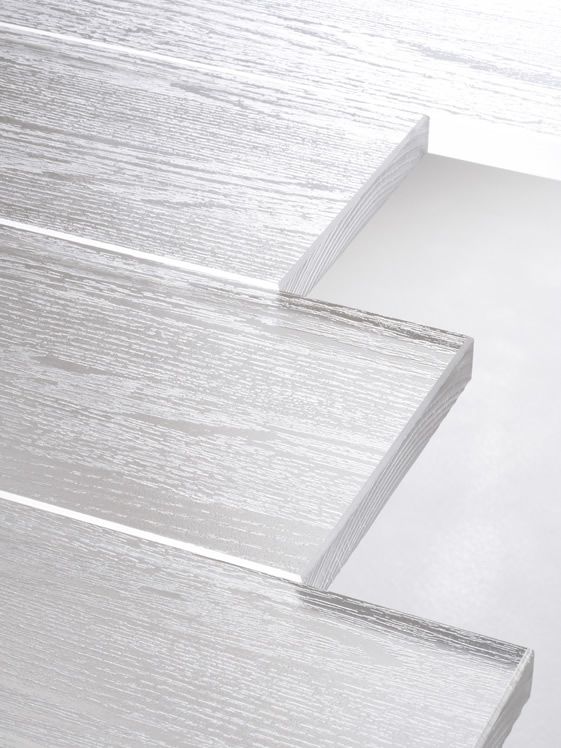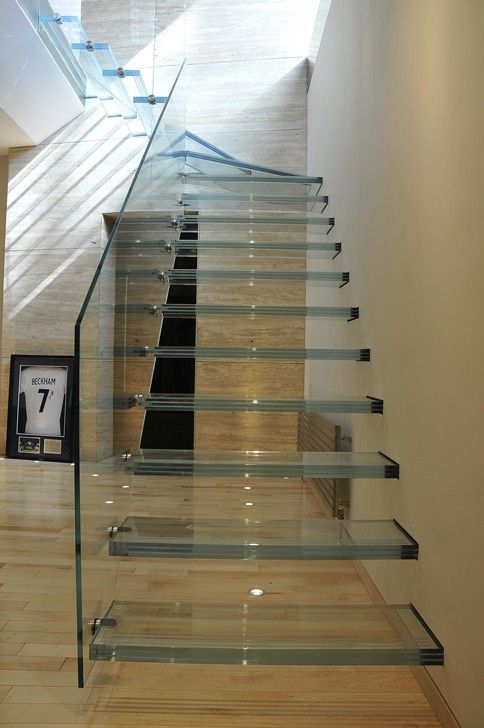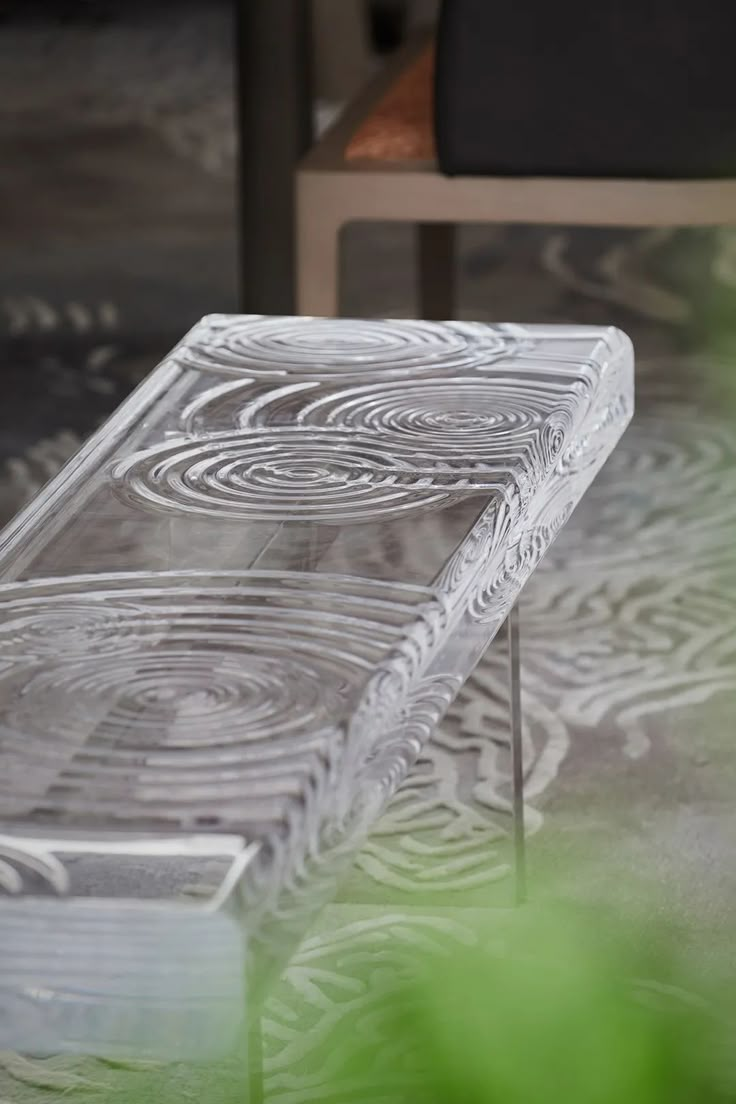Transparent wood subverting glass Technology
Imagine waking up in the morning, your window is not cold and hard glass, but a glowing wood. Sunlight passes through it, not as straightforward and dazzling as through the glass, but is gently filtered and sprinkled with a warm and even halo. When night falls, the indoor lights also show outward in the same warm way, as if the whole house had life. It sounds like a science fiction scene, but a new material called "transparent wood" is making this dreams may come.

In essence, transparent wood is a unique composite material, which originated from a bold experiment of "subtraction" and "addition". Scientists first stripped lignin, the "skeleton" that kept it opaque, from natural wood. Lignin is a complex polymer in plant cell wall, which gives wood strength and color. After lignin is removed, the original cellulose skeleton of wood is exposed, which is transparent. However, this porous structure is full of voids. Next, the researchers injected a transparent polymer (such as epoxy resin) into these tiny holes, thus completely filling the wood fiber skeleton, and finally formed a mixed material that not only maintained the natural fiber texture of wood, but also had high transparency.
This seemingly simple "transparent wood" has a subversive advantage that glass cannot match. The first is its toughness and safety. Unlike fragile glass, transparent wood inherits the strong toughness of cellulose, and its impact resistance far exceeds that of glass. Even if it breaks under extreme pressure, it will not form sharp fragments like glass, but will break in a safer way similar to fiber tearing. This is of epoch-making significance for building safety, especially in areas with frequent earthquakes or storms. Secondly, it is its thermodynamic characteristics. As we all know, glass is a bad insulator and a major culprit in building energy consumption. Transparent wood, on the other hand, has several times higher thermal insulation performance than glass because it retains the microporous structure of wood itself. This can not only significantly reduce the heating and cooling energy consumption of the building, but also make it an ideal choice for green buildings in the future.

More aesthetically, the optical properties of transparent wood are also unique. It does not present perfect transparency like glass, but emits soft light like frosted glass, which can effectively reduce glare. This feature makes it have a unique application prospect in spaces with high privacy requirements, such as bathroom windows or indoor partitions. Imagine that a transparent wall can not only introduce light, but also protect privacy, and at the same time create a visual effect similar to art through the internal fiber structure.

Although transparent wood shows great potential, it still faces no small challenge. At present, the production process is complex and the cost is high, so it will take time for large-scale commercial application. In addition, how to ensure its durability and transparency under long-term wind and sun exposure is also a difficult problem that scientists need to overcome. However, it is undeniable that the emergence of transparent wood not only provides a new option for building materials, but also a brand-new exploration of architectural aesthetics and sustainable concept. It makes us start to think that the future architecture may no longer be hard and cold geometry, but an organic life that is closer to nature, can breathe and emit light.
(Writer:Lany)





